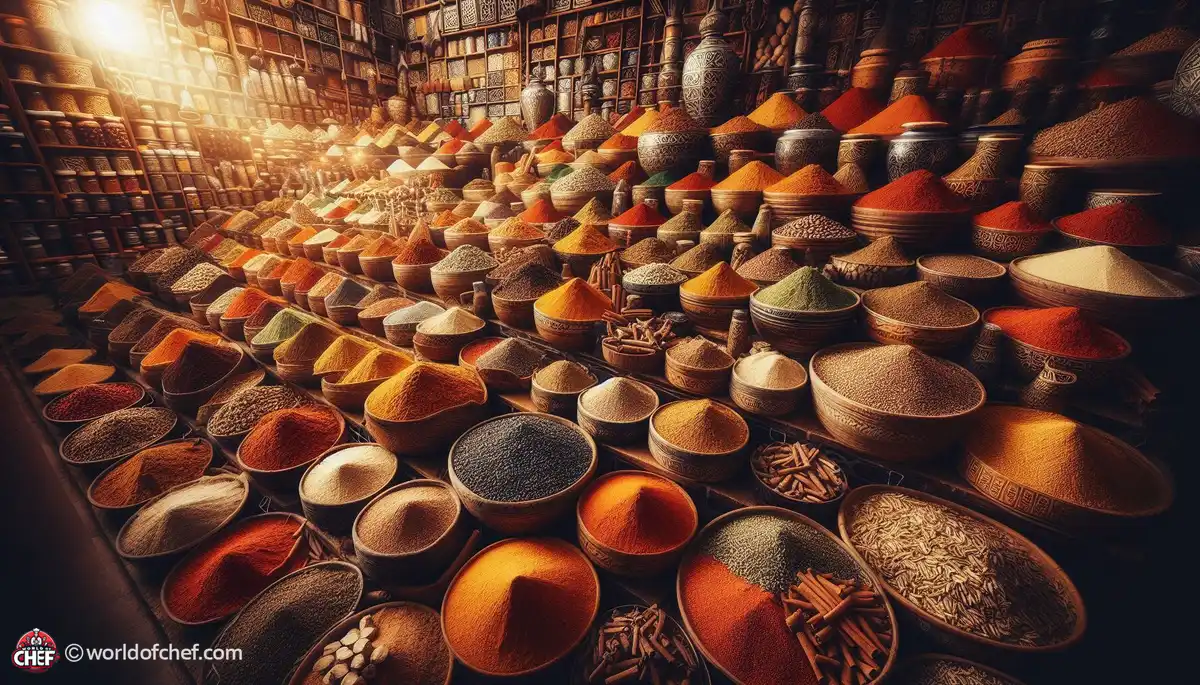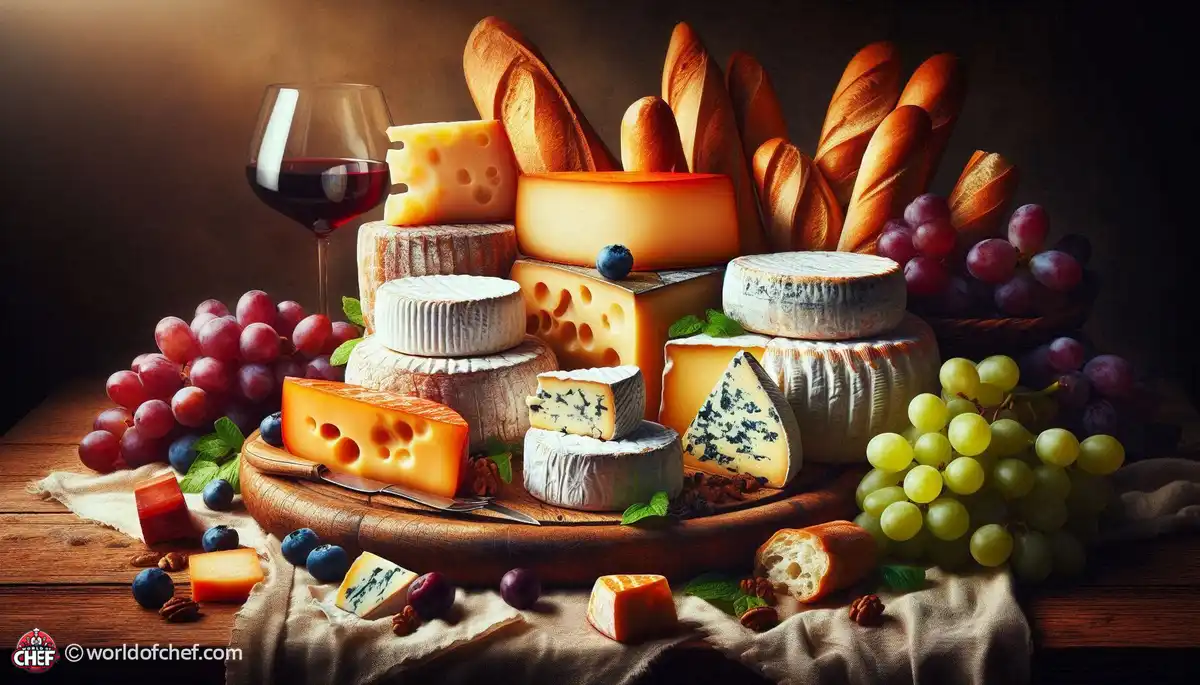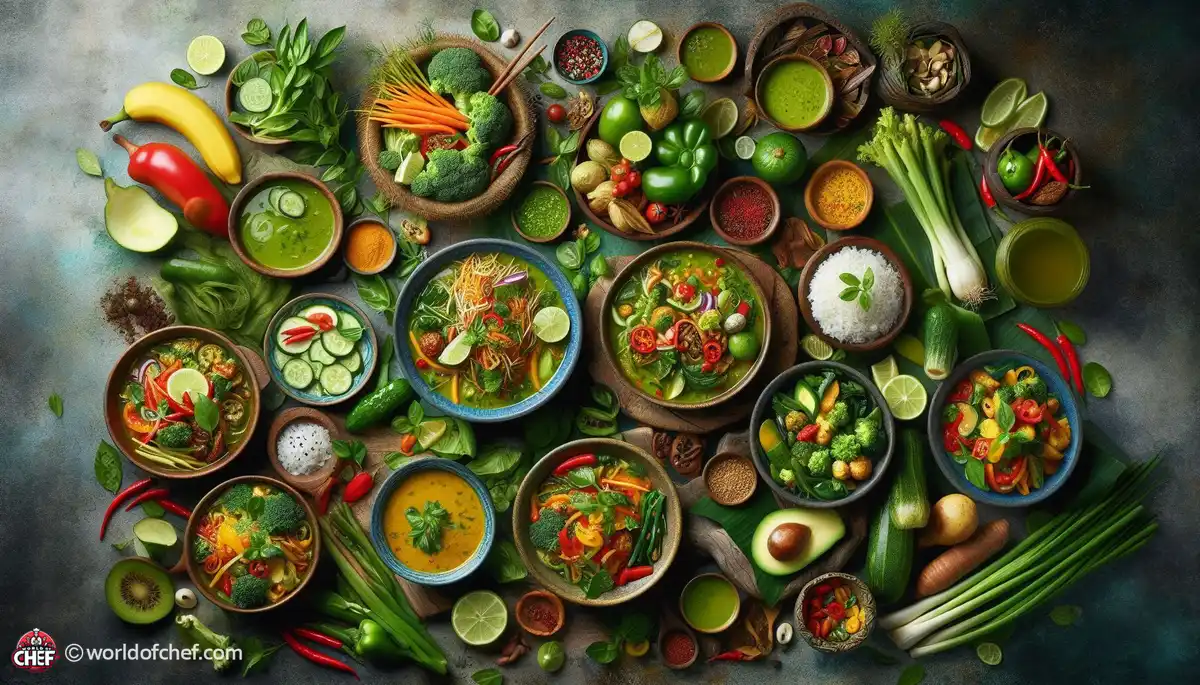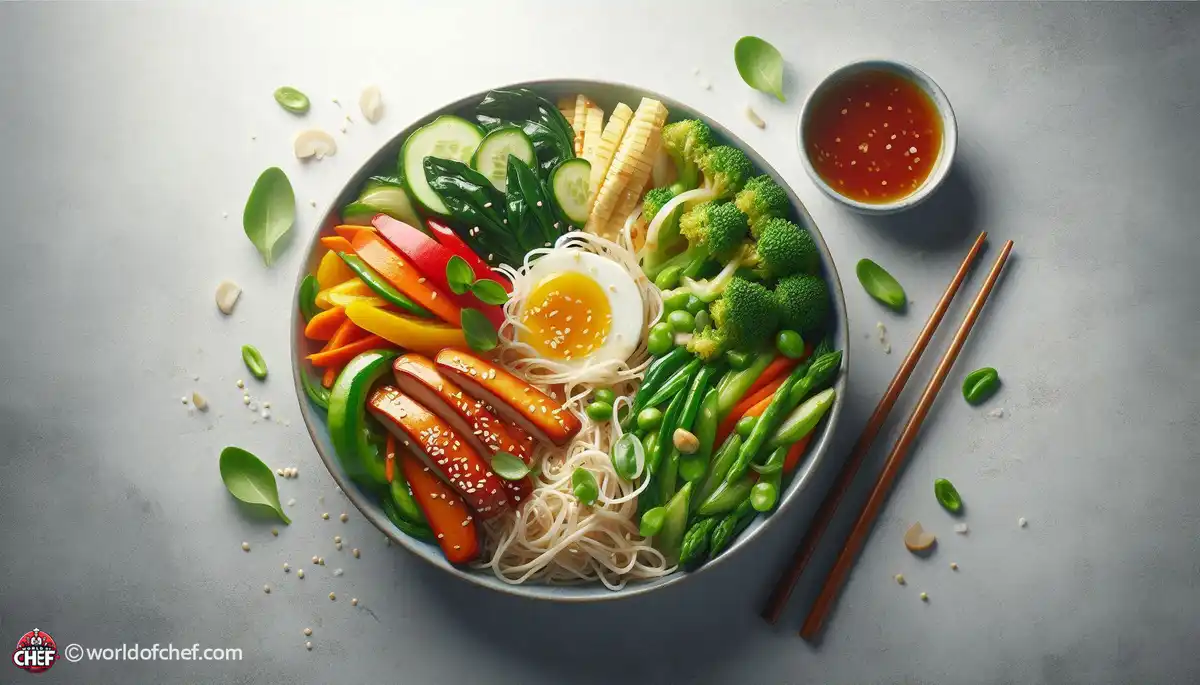
Unveiling the Secrets of Moroccan Spice Blends
Joel Spurgeon - Oct 5, 2024 - 7 min read


French cheese is more than a pleasure for the senses; it is a treasure trove of heritage and centuries-old traditions of France's cheese-making history. From the green pastures of Normandy to the rugged mountains of the Alps, each region has a unique cheese-making technique as well as flavor profile. The history of French cheese is a tapestry with the threads of innovation and tradition, passed down through the generations of skilled artisans.
The concept of terroir leads to the essence of French cheese. It embodies the environment that determines the flavor and character of every cheese. Soil, climate, altitude, and even flora and fauna present in an area make the cheese produced unique in its nuances. This is what characterizes French cheese: each type of cheese expresses the spirit of its area.
Such are the various cheeses France has been host to, each with their story and flavor. A smooth Camembert for the Normandy region is set against a tangy Roquefort of Midi-Pyrénées-proof of France's sheer excellence in culinary artistry. Whether buttery Brie or pungent Munster, each brings its own bit of local cultural heritage and gastronomy into the limelight.
Soft cheeses have been a favorite of true cheese aficionados for a long time. Such delicacies as Camembert and Brie encapsulate the art of cheese-making in soft varieties - those with luscious, bloomy rinds and creamy interiors. When such cheeses are served at room temperature, their flavors may bloom fully and their texture can become irresistibly smooth.
Semi-hard cheeses offer a magnificent balance of flavors, undertones of nuttiness, and hints of sweetness. Comté and Beaufort are two instances of this category, that is firm in texture yet complex in flavor profile. These cheeses are aged to long periods, allowing a rich caramelized note over the palate. Whether these are grated over pasta, or enjoyed on a cheese board, semi-hard cheeses add depth and complexity into any dish.
Hard cheeses are sharp, with strong flavors and firm textures. Parmesan and Gruyère are perhaps the most known for their intense umami and crystalline appearance, which comes from longer aging cycles. They are also extremely versatile in the kitchen, adding a layer of flavor to soups and sauces, gratins, and risottos alike. While they do call for a bit of labor to grate or slice, the payoff is well worth it for cheese lovers who really want that rich and savory experience.
French cheese pairing technique makes a tasting experience unique as it creates harmonious Flavor Combinations that linger long on the palate. For soft cheeses like Camembert and Brie, light-bodied wines such as Chardonnay or Champagne would complement their creamy textures and delicate flavors. Semi-hard cheeses like Comté and Beaufort pair very well with medium-bodied reds like Merlot or Pinot Noir, bringing out their nutty undertones and enhancing their complexity. Full-bodied wines like Cabernet Sauvignon or Syrah, which have robust flavors, complement hard cheeses such as Parmesan and Gruyère.
Besides wine, French cheese is also beautifully complemented by a variety of accompaniments that heighten its flavor and texture. Fresh baguette slices and crusty sourdough bread do well to provide a basis for highlighting the creamy smoothness of soft cheeses, while hearty whole grain crackers supply a crunch that complements semi-hard varieties. Use fig jam or honey in your cheese board for some sweetness or dried fruits, such as apricots and figs, provide a sweet contrast to this savory note. Last, add some nuts and olives for a bit of texture and depth of flavor that really makes the experience of tasting cheese unforgettable.
Cheese service in France is not only about the serving process but also about presentation. You should display your choices on a wooden cheese board or marble platter to let each type shine for itself. Labels should circle around cheeses while guiding the way in taste for the guest as its country of origin and type of flavor can best complement with what type of wine. Top fresh herbs with edible flowers, in shades of colour for some eye-catching colors inviting to savor this sinful France: an ode to their deliciousness.

Joel Spurgeon - Oct 5, 2024 - 7 min read

Aaliyah Martini - Oct 5, 2024 - 6 min read

Jesse Brownell - Oct 5, 2024 - 7 min read

Taylor Damon - Oct 4, 2024 - 20 min read